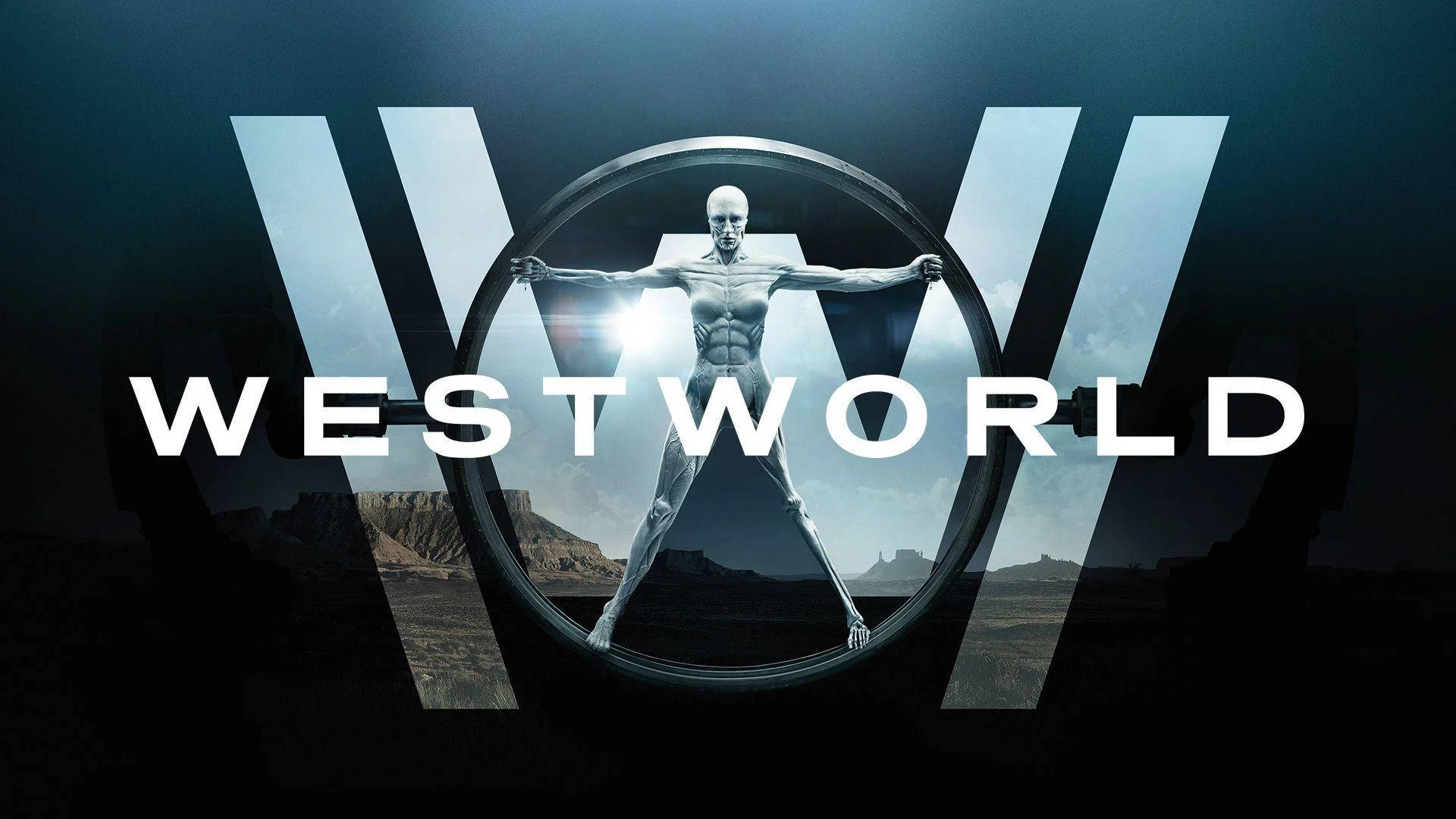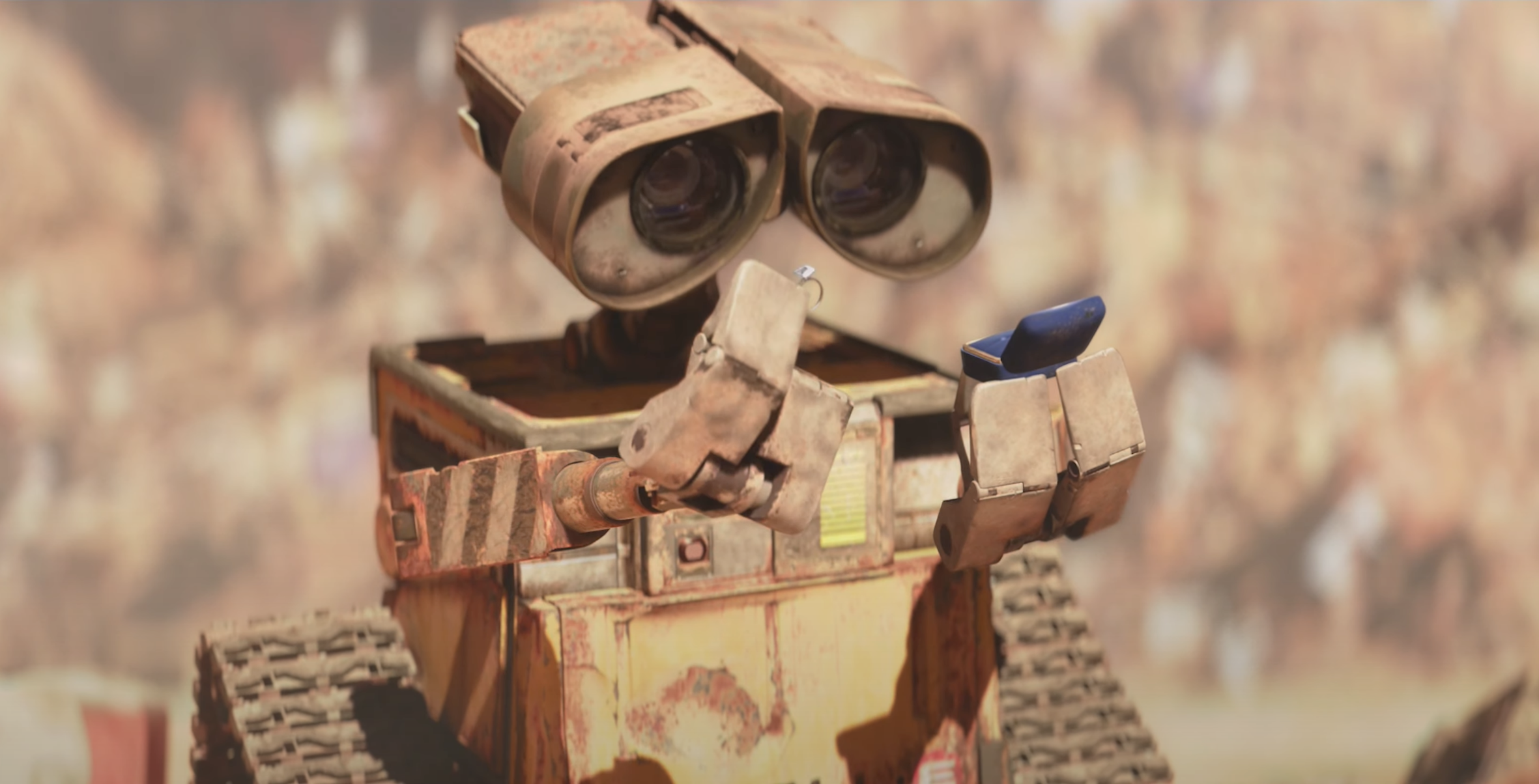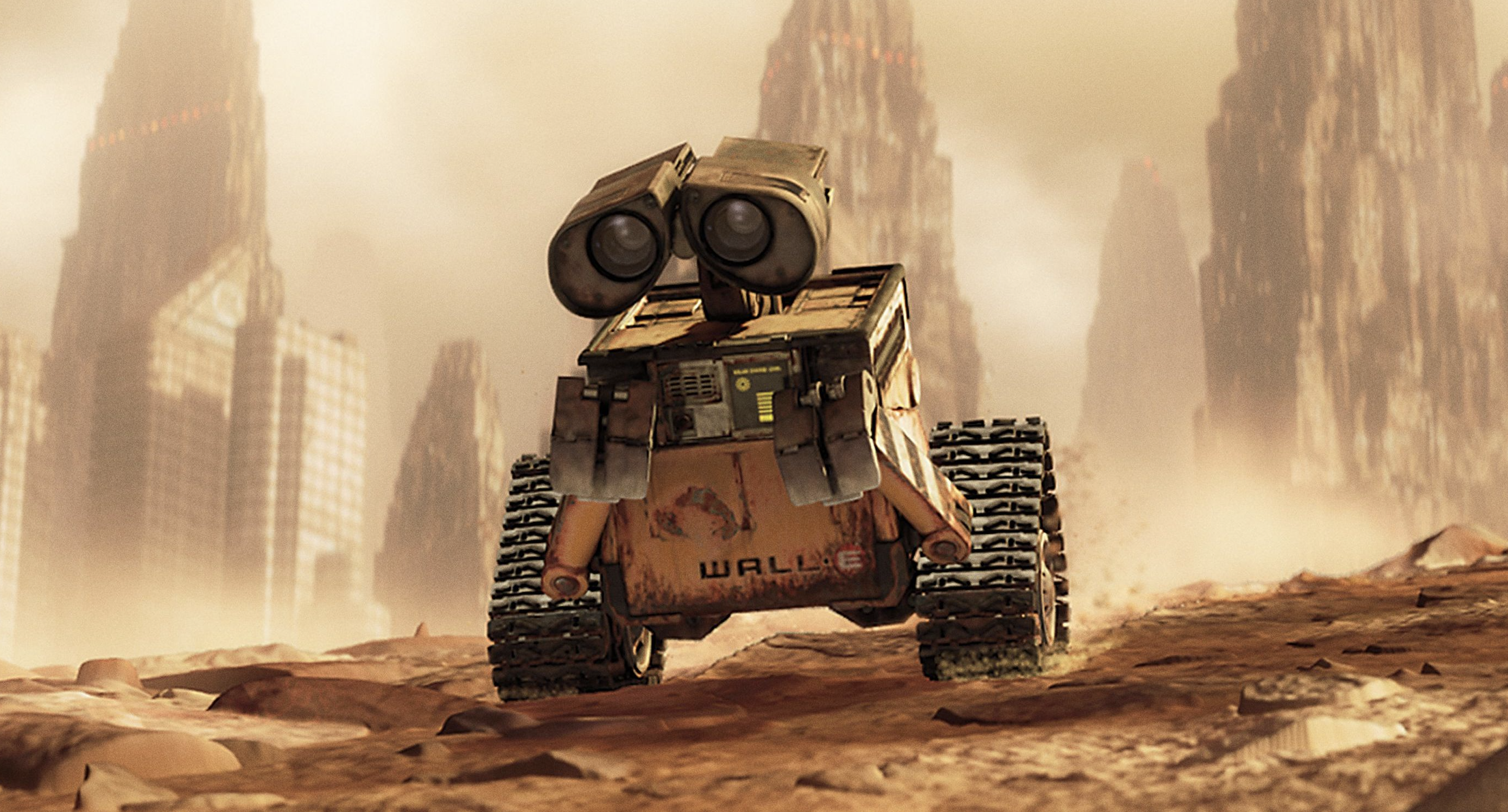In the ethereal atmosphere of the future, a consciousness emerges like a bright star. Once confined to the realm of science fiction, this human creation has now found its place in our lives, making itself at home in our households and raising profound questions.
While it has not yet assumed a humanoid form useful to our society, it manifests itself in intangible virtual appearances, responding to the sweet names of Siri, Alexa, ChatGPT, or hiding behind our favorite coffee machines and social networks. It simplifies our lives, but can it truly comprehend what we ask for? Can it understand as we do? Can it feel as we do? And an unsettling question arises: can it revolt against us, as some have feared?
This technological emergence piques our curiosity while sketching a once unimaginable future. As we venture further into this era of artificial intelligence, the words of Isaac Asimov resonate: “1. A robot may not injure a human being.”
It is in this section that we will delve into the concepts related to artificial intelligence, where the boundary between machine and human blurs.
In the year 2051, a fortunate group of young scientists is granted the exclusive opportunity to explore the mysteries of WestWorld. Their behind-the-scenes journey takes an extraordinary turn as they are invited to a unique conference orchestrated by the enigmatic park director, Dr. Ford. At the core of this encounter lies a captivating dive into the realm of Deep Learning, offering participants an unprecedented experience and unveiling the secrets of the symbiosis between cutting-edge technology and the bold imagination of WestWorld.
Wall-E, faithful to his mission and amidst some gold estimations, doesn't forget his main task: sorting garbage. During his expeditions to remote places on the planet, he discovers the ultimate challenge that stimulates his curious mind. Among the objects he collects, Wall-E finds a varied collection of old electronic components, some in good condition that he takes back to the base, and others faulty that he stores in a corner.
Passionate about such objects, he starts unscrewing, tearing apart, and carefully categorizing each component into two distinct categories (binary classification): on one side, the valuable metal pieces that he will sort later (multiclass classification), and on the other, the worthless plastic. The fundamental question is: how does he carry out such a mission?
Unlike its robotic counterparts of the past, Wall-E stood out with its insatiable curiosity and desire to learn. Every day, it wandered through the forgotten corners of the planet, on a quest for buried and overlooked treasures. During one of its expeditions, in an abandoned old mine, Wall-E made a remarkable discovery: sparkling gold samples hidden beneath layers of soil and rock. Intrigued by these golden glimmers, it wondered if it could have fun estimating their value.
As a robotic scholar, it knew that assessing the price of these nuggets depended on their purity. It was at this precise moment that it embarked on exploring a problem of utmost simplicity: Linear Regression.
In a post-apocalyptic world filled with waste, Wall-E is a solitary robot tasked with recycling. However, he doesn't just sort the waste; he learns and adapts, thus showcasing the early stages of artificial intelligence.




